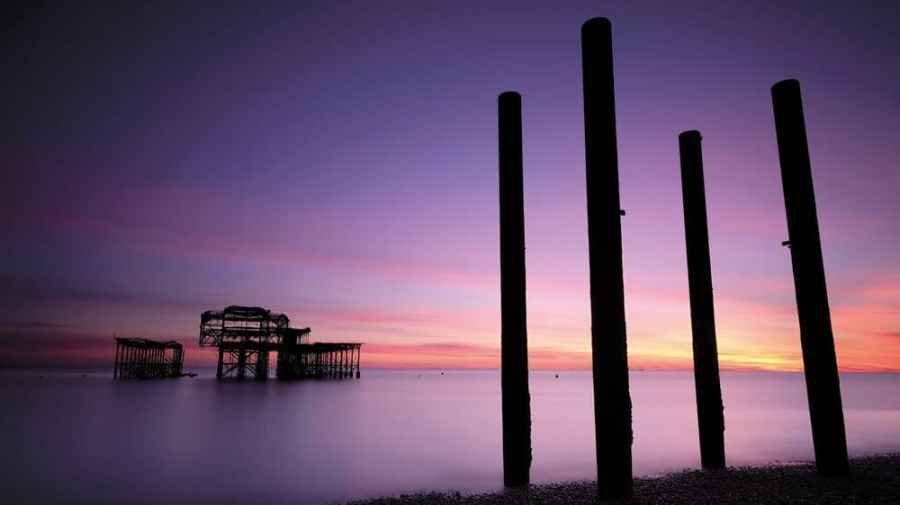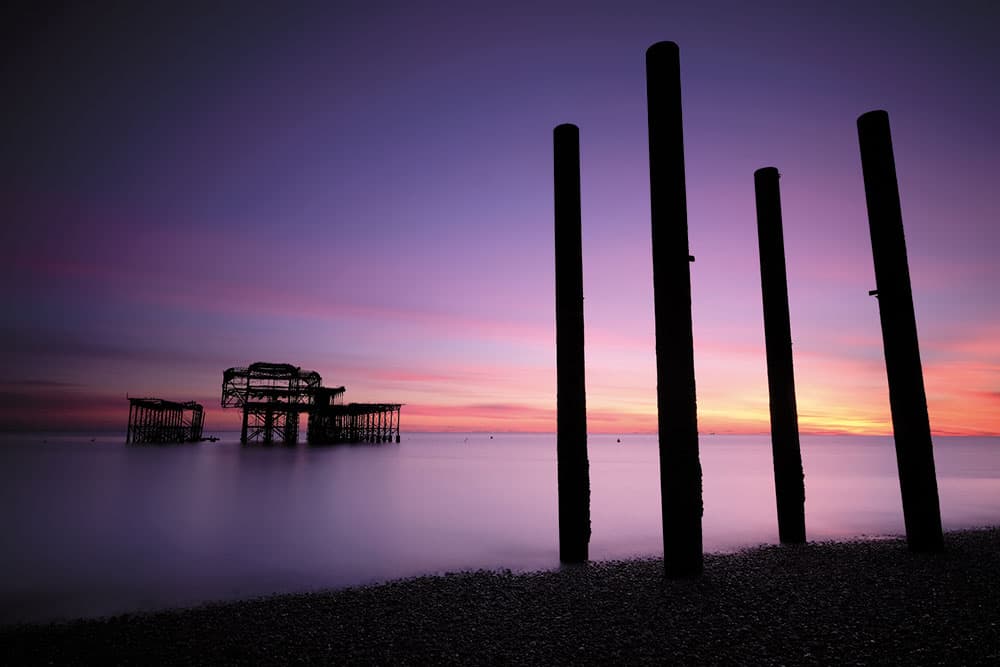
JPEG straight out of camera – profile set to boost colours. Credit: Gordon Laing
1. Use long-exposure JPEGs
Gordon Laing
“Getting JPEG images right in-camera is very satisfying. Eliminating post-processing from your work flow doesn’t mean missing out on ethereal effects. My favourite technique is to use long exposures to blur clouds, smooth the surface of the sea or render waterfalls into unusual shapes. Shoot in very low light or use neutral density filters to extend your exposures. At dawn or dusk, use saturated profiles to boost the colours, or embrace the greys with black & white.”
Continues below…
[collection name=”small”]
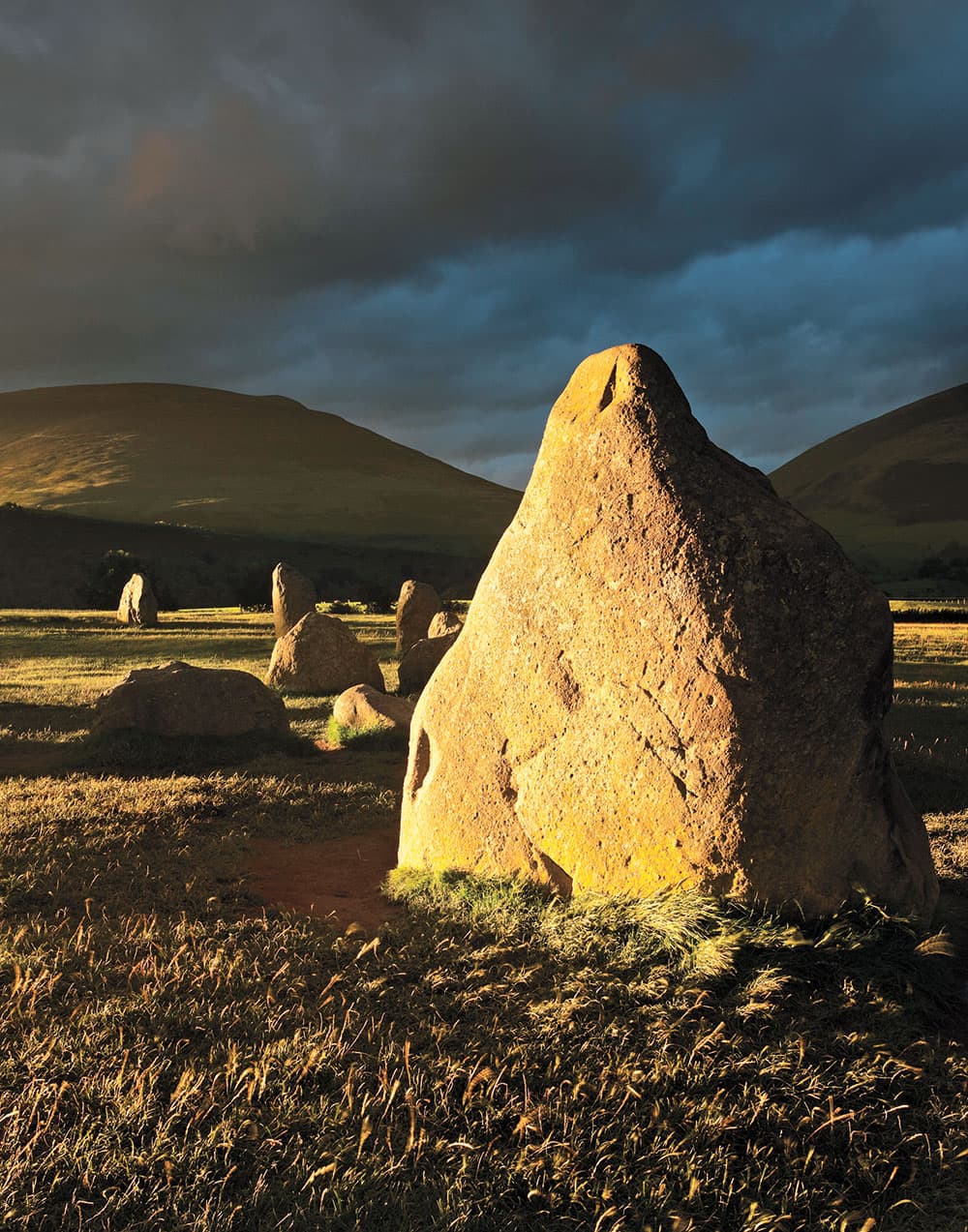
Dramatic lighting at Castlerigg Stone Circle in the Lake District. Credit: David Clapp
2. Calculate the hyperfocal distance
David Clapp
“In Live View focus on the furthest point. Set an aperture of f/16. Depress depth of field button and hold, turning the focusing ring so the focal plane is brought towards you. The horizon will fall out of focus then adjust to sharpen.”
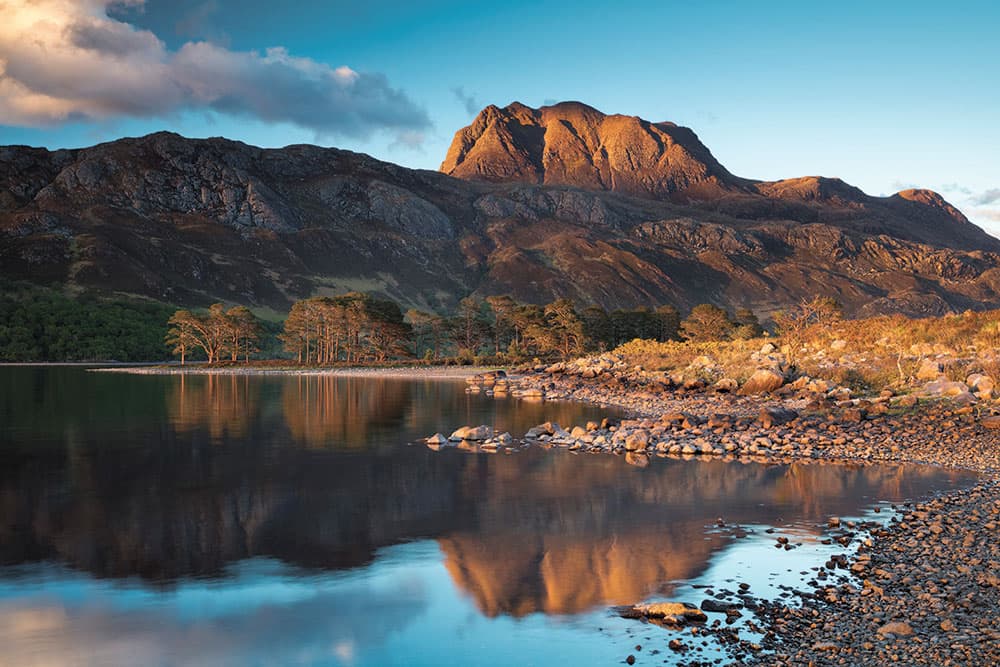
Evening light and perfect reflections on Loch Maree & Slioch, Wester Ross, Scotland. Credit: David Noton
3. See the light
David Noton
“Light is our raw material. It is so important to a finished image that I often feel I photograph the light more than the subject. When contemplating a scene the first thing to do is consider where the light is coming from, and predict where the light will best illuminate the picture we have in mind at different times of the day and year. The last bits of golden light of a crystal-clear evening after a rain shower are perfect for revealing the form, texture and scale of a landscape. How soft the light of the golden hour is depends on the clarity of the atmosphere. Light that is too soft can be insipid for big views but perfect for details.”
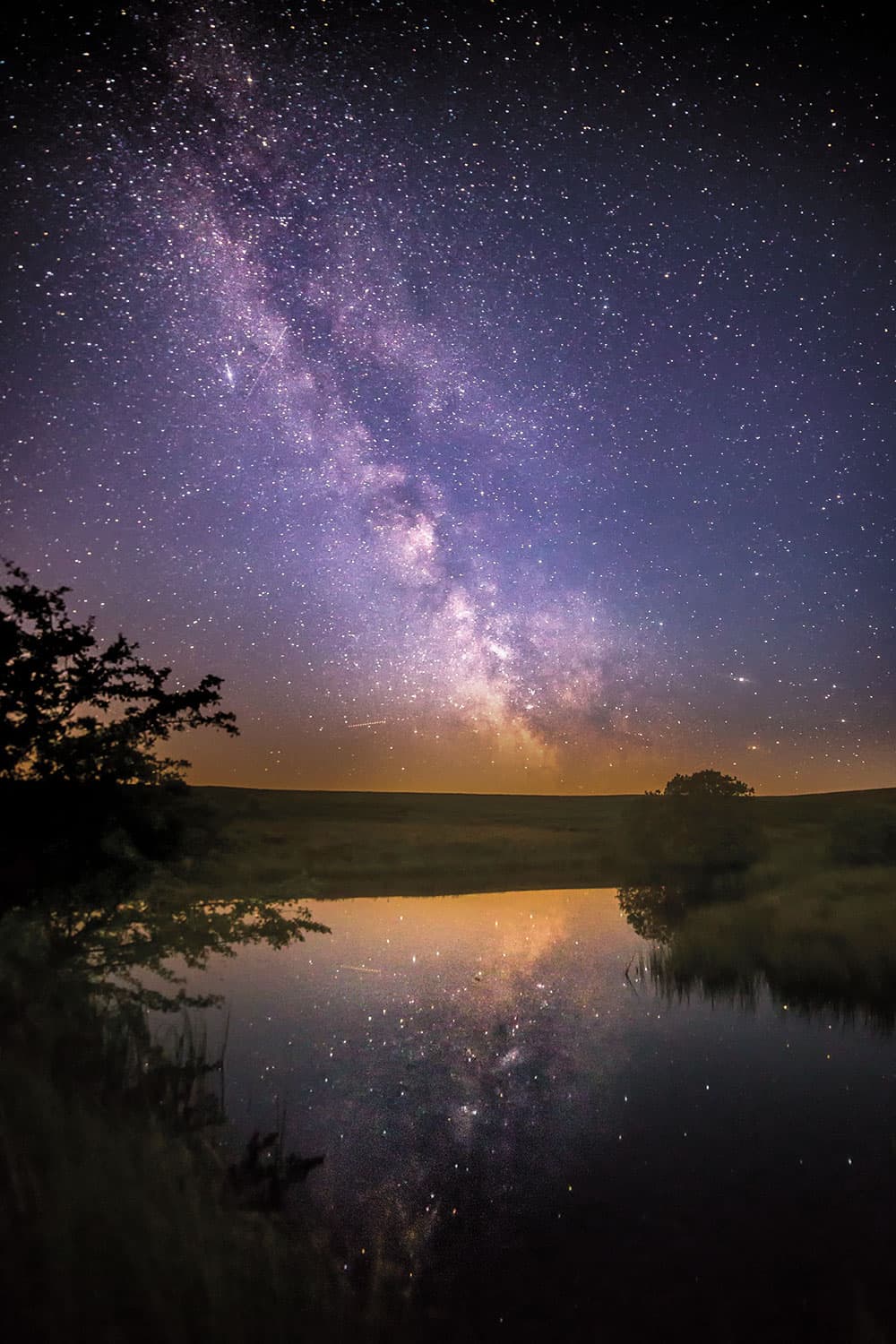
Milky Way reflected in Wildmoor pool. Credit: Andrew Fusek Peters
4. Shoot the Milky Way
Andrew Fusek Peters
“Shooting the Milky Way requires a fair amount of planning and research. First, although it’s visible all year round, the galactic core – which gives the oomph to night shots – is not visible in the Northern Hemisphere during the winter months. April is the first month to start planning your shoot and September is the last. The PhotoPills app will help you plan your shoot on or around the new moon because moonlight generally makes the Milky Way appear washed out. The app also provides information about when astronomical twilight ends and stars are fully visible.”
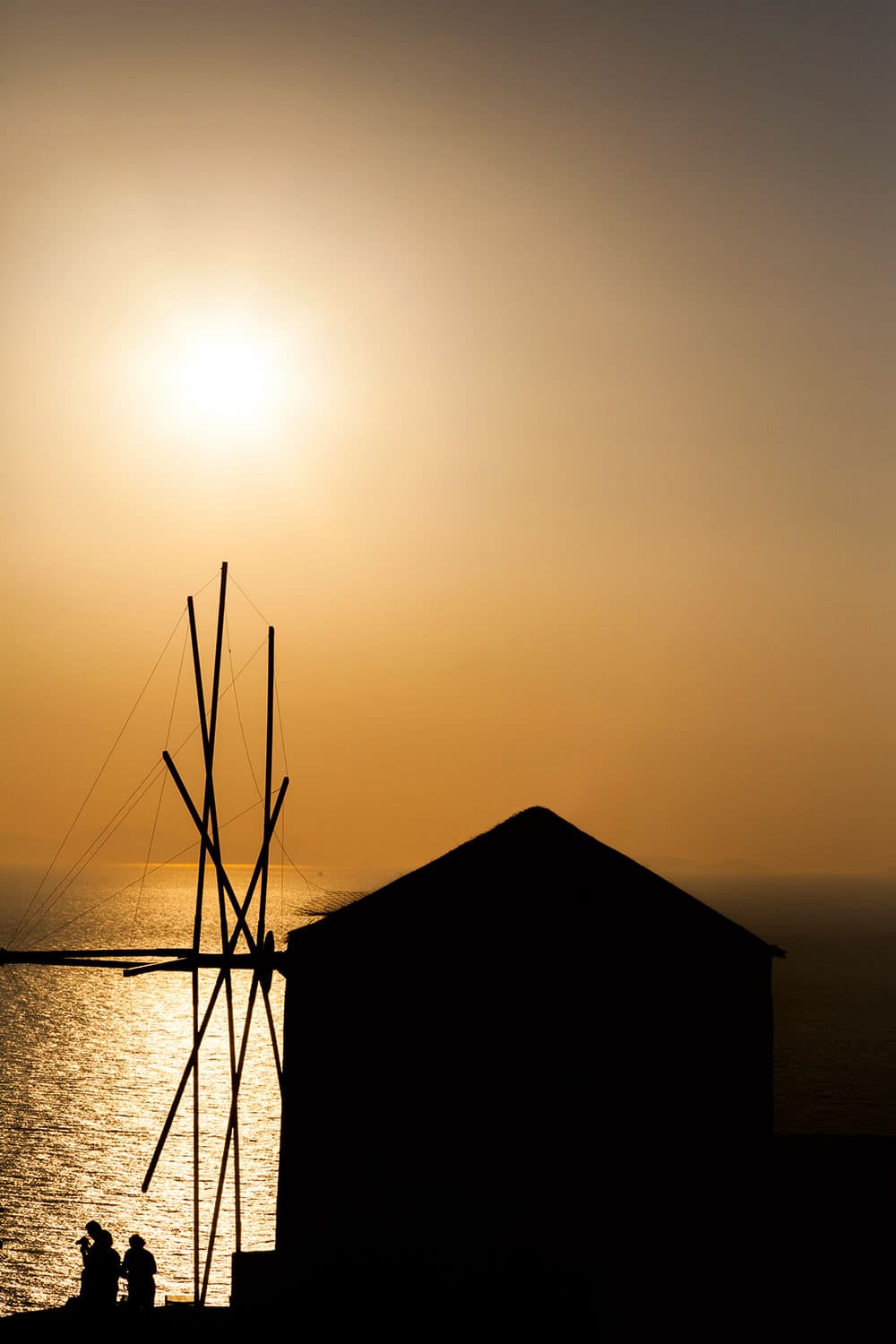
Make the most of sunrise and sunset for creative results. Credit: James Abbott
5. Exposure for silhouettes
James Abbott
“Capturing a bold figure or object in front of a beautifully coloured sunrise or sunset in pure abstract shadow is easier than you might think. Shooting a good silhouette requires little more than pointing your camera at a bright area of the sky and hoping for the best. Shoot in aperture priority with an aperture around f/11 and metering set to evaluative. If the subject you want to capture is small in the frame you may need to set exposure compensation to overexpose slightly; similarly, if the subject is large in the frame you may need a touch of underexposure.”
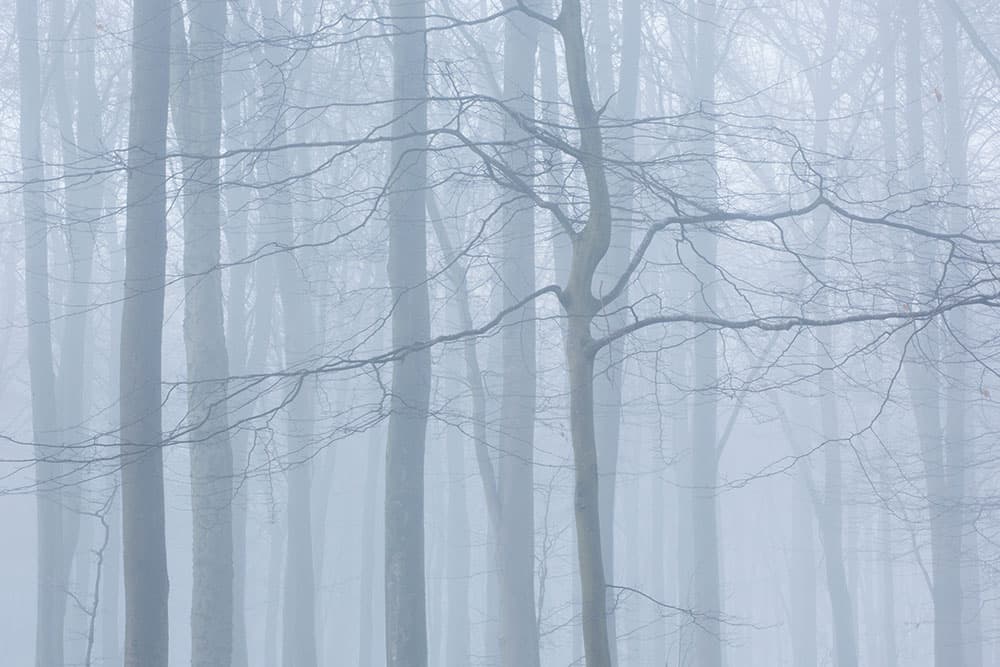
This wood was shrouded in a gentle mist. Credit: Tony Worobiec
6. Embrace the weather
Tony Worobiec
“To get the best out of landscape photography, embrace the weather. You may have spotted a beautiful field of red poppies and decided to shoot them under a blue sky. Days pass and the conditions are never right. A better approach is to celebrate the weather conditions each day offers. If in the morning it is pouring with rain, it could be a cause for celebration. Or when you arrive on location and it is shrouded in thick mist, ponder on your good fortune. As you familiarise yourself with a specific location, ask yourself what weather conditions would be suitable to make a good photograph.”

